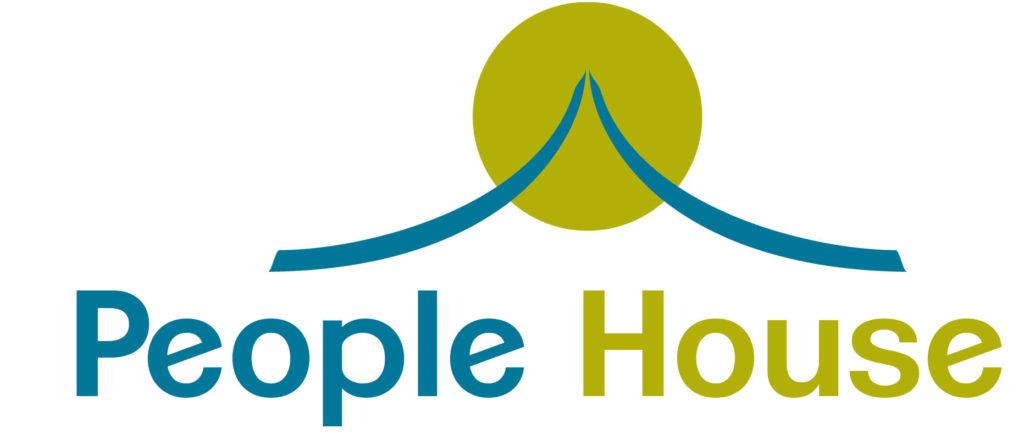Embracing My Neurodivergent Journey: A Tale of Identity, ADHD,and Psychoeducation || By Deanna Edwards, ACP Intern at People House
“There are billions of us—humans everywhere, with access to our own minds and no one else’s, tossing one another’s songs and sentences to bridge the gap.” – Annie Kotowicz.
That’s the journey I decided to undertake—to delve into my neurodivergent identity through writing this post and reaching others. As I sit in my living room, finding comfort in the familiar scenes of “American Dad,” for literally like the billionth time this year (no exaggeration needed here), I realize how crucial this show has become in navigating my life.
Being someone with both Autism and ADHD, I’ve embarked on a quest to truly comprehend my unique identity and confront the rumination that often accompanies it. My feet involuntarily tap, echoing the rapid pace of my thoughts, and in that moment, I consciously acknowledge this behavior—a significant step in my journey of self-discovery. Why am I struggling to write about this? What do I write about? Ultimately, how do I reach people?
Reflecting on life instances that align with my diagnoses, I engage in a conversation with the part of me that ruminates about what is going wrong. It’s a moment where my research-oriented mind kicks in, gathering evidence to reassure myself and silence any lingering doubts. The constant stream of thoughts, capturing every detail of the day but struggling to write about said experience, brings me back to a comment from a grade school English teacher—my jumpy writing, a struggle that persists but also defines my unique perspective as both irritating and invigorating.
ADHD and the DMN Cycle
In my exploration of Attention Deficit Hyperactivity Disorder (ADHD), I was referred to the book “ADHD 2.0,” which delves into the dynamic interplay between the Task-Positive Network (TPN) and the Default Mode Network (DMN). These contrasting mental states, described as the Angel and Demon mindsets, shape the cognitive experiences of individuals with ADHD. The TPN, activated during focused tasks, represents the Angel mindset, enabling deliberate concentration and purposeful engagement. However, excessive focus can lead to hyperfocus, trapping individuals in a singular task and hindering disengagement.
Conversely, the DMN, or Demon mindset, becomes active when the mind is not specifically engaged in a task. This network fosters expansive, imaginative, and creative thinking, allowing unique connections between concepts. However, for those with ADHD, the DMN poses challenges. The book introduces the concept of a glitchy switch, highlighting the difficulty in smoothly transitioning between the TPN and DMN in the ADHD brain.
While neurotypical individuals’ toggle between TPN and DMN, in ADHD, both networks can be simultaneously active, competing for dominance. This unique interaction, termed anticorrelation, contributes to the internal struggle individuals with ADHD face between creativity and negativity.
The book suggests that the malfunctioning toggle switches between the TPN and DMN are a core aspect of ADHD, resulting in a continuous battle between creative expression and depressive tendencies within the same individual. The DMN, a source of creativity, can become a Demon when it intrudes on the TPN, leading to moments of misery, despair, and self-doubt. This struggle, often observed in creative individuals, highlights the complexity of ADHD and its impact on the balance between focus and imagination.
Bringing it all Together
Understanding the DMN cycle has not only deepened my self-awareness but also transformed my approach to assisting others. As I find myself still engrossed in watching “American Dad” two weeks later, grappling with what to write in this blog post, the power of rumination is evident.
Gazing back at the TV, the quirky character of Roger makes me laugh, offering reassurance that my doubts and challenges will eventually be overshadowed by my ability to embrace my DMN cycle. Even if the cycle persists, I marvel at it, acknowledging it as a wellspring of strength rather than something requiring fixing.
What has been ‘fixed’ is my relationship with this unique identity, now a valuable insight I can share with my clients. It’s remarkable what a bit of psychoeducation can achieve—trusting the process of my own neurodivergent brain to navigate where it needs to go. The journey continues, but it’s a journey worth embarking on. Embrace your uniqueness, glean lessons from it, and trust the process—it might lead you to a realm of self-discovery and strength you never knew existed. Reflecting on my rumination before, during, and at the conclusion of writing this blog post, I click SUBMIT.
Reference:
Barkley, R. A., & Dr. J. J. Ratey. (2021). ADHD 2.0: New Science and Essential Strategies for Thriving with Distraction—from Childhood through Adulthood. Ballantine Books.
About the author: Deanna serves as a Counseling intern with expertise at People House. Specializing in an Emotionally focused and Internal Family System approach, she employs a strength-based perspective when working with individuals. Deanna finds fulfillment in collaborating with people from diverse backgrounds, particularly those who are neurodivergent, dealing with trauma, or facing challenges related to anxiety and depression. If you’re interested in seeking support from Deanna, feel free to contact her via email at deannaedwards@peoplehouse.org.
